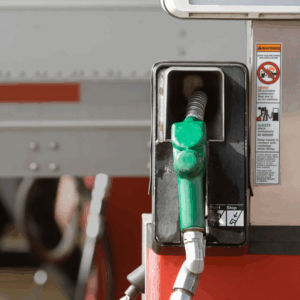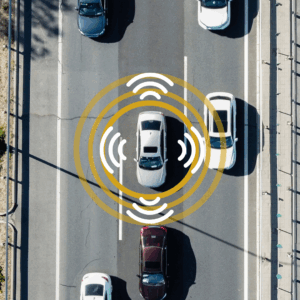Ask a technician about European cars and you will probably get one of two very different answers. Either “I love working on them” and “They are great cars if you take care of them”, or you will hear “I hate those things!” or “I’m not touching that piece of junk”!
Everyone has their favorites even among domestic and Japanese brands, but European cars really seem to strike a nerve here. The biggest reason for the difference is familiarity. As technicians we like to say “it’s all just nuts and bolts” but the reality is that the way the nuts and bolts go together can be very different. For those of us that have spent our careers working on European cars the designs make perfect sense. The placement of sensors and use of actuators and switches is just the way it should be, but if you’ve spent all of your time with domestic vehicles it all just seems like an absolute mess! Most European manufacturers have a greater focus on drivability and refinement. There is a sense of connection to the road in the way the vehicle handles and driver experience is key.
Often the vehicles are built for smaller roads and different driving habits. For example, some of them will have a “park heating” function that allows the vehicle to circulate hot coolant and keep the cabin warm after the vehicle has been turned off. This is useful when drivers are forced to spend extended amounts of time waiting at railroad crossings and don’t want to leave the vehicle running. When a technician who is unfamiliar with the vehicle finds an auxiliary electric water pump that appears to serve no purpose their first thought is “why is this thing here and who is the idiot who put it there?” Or a rear foglight that only lights up on one side of the vehicle. You might spend a half hour trying to figure out why the other light doesn’t come on before finding out it’s not supposed to! On the domestic side they usually focus on comfort. Larger vehicles with more comfortable seating and smoother ride quality.
The majority of American roads can accommodate much larger vehicles and American drivers appreciate the extra room. The use of E.G.R. versus secondary air systems for emissions and push rod motors rather than overhead camshaft designs are also common differences. Most of the design decisions really come down to preference and you can’t always say one is better than the other. For technicians the most important part is knowledge and experience. European vehicles are not necessarily more difficult to work on, they’re just different. As a consumer it’s important to take your import to a shop that is familiar with your vehicle make and comfortable with the technology. There are plenty of good independent import shops around, but make sure to do some research and find the one that’s right for you.



